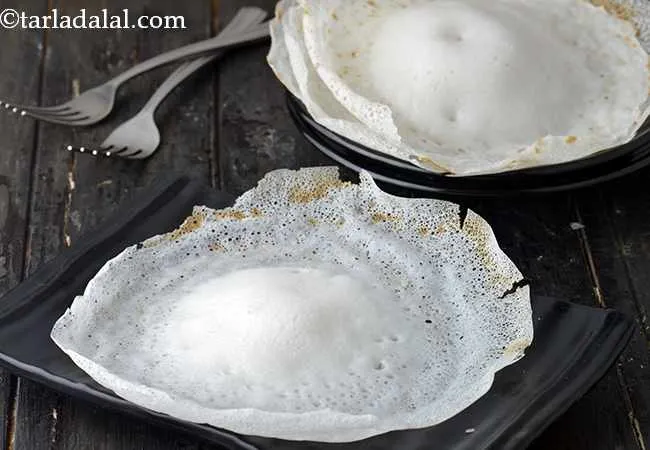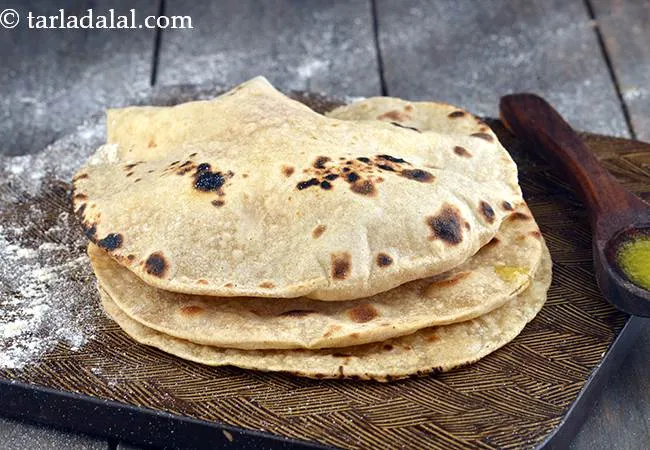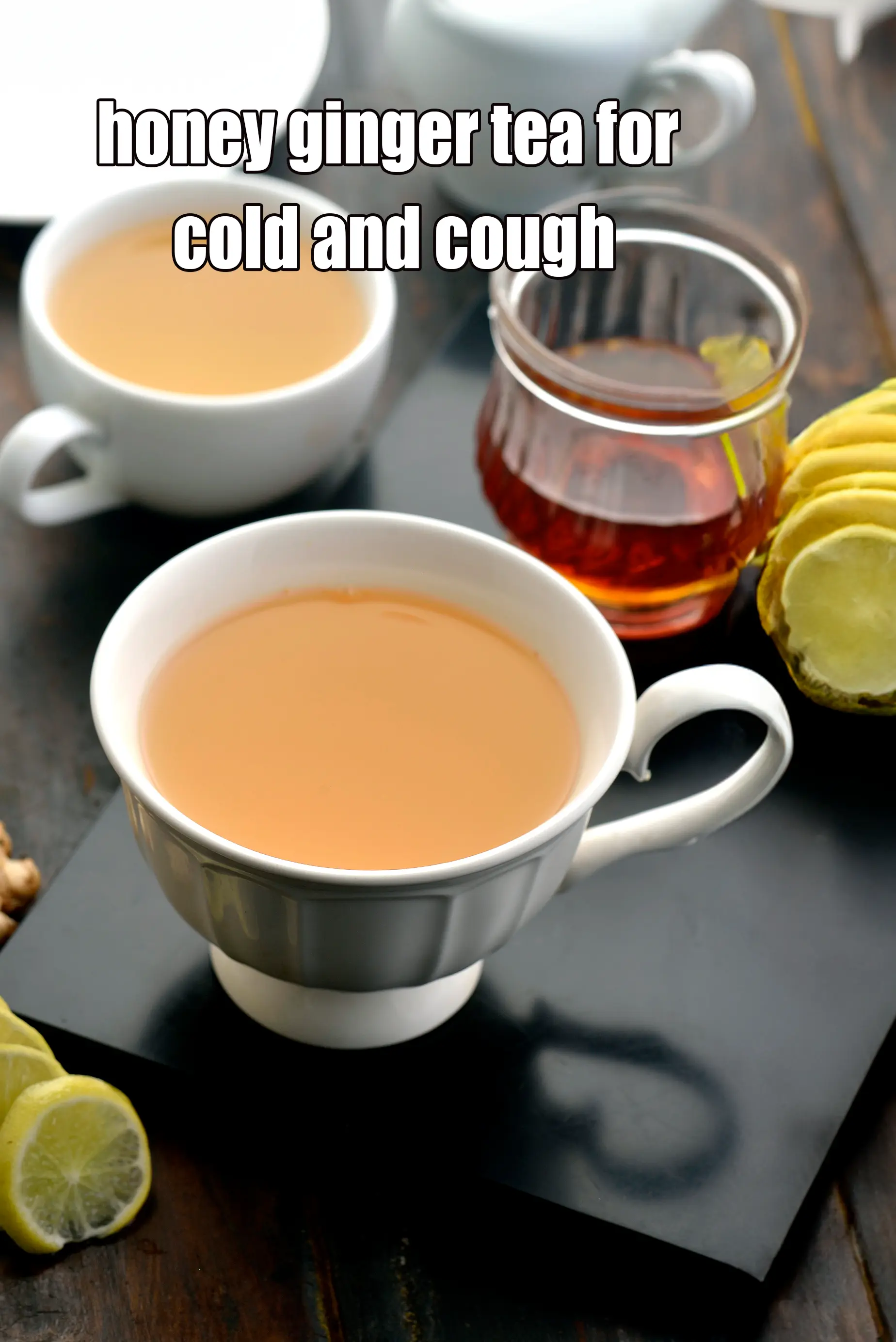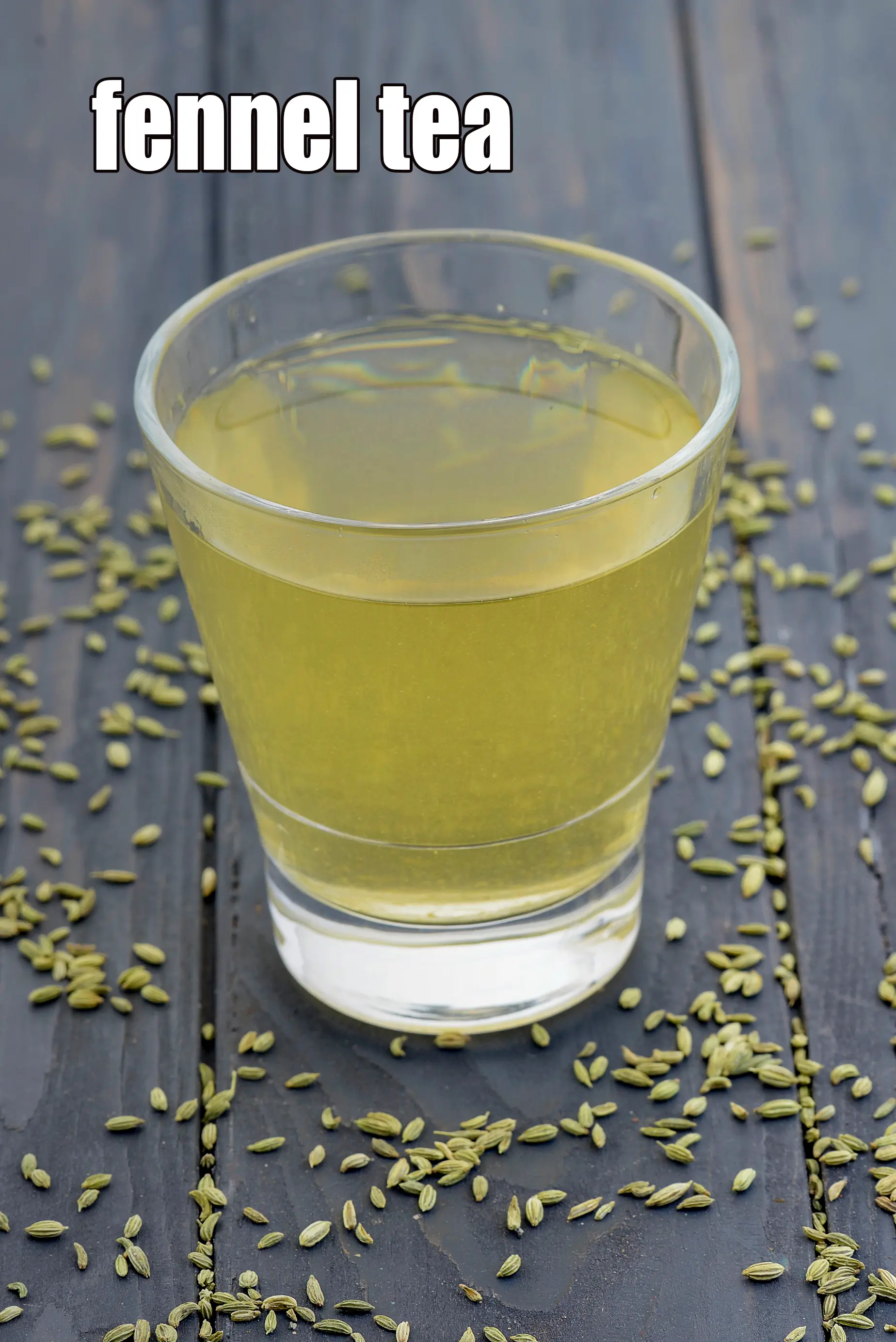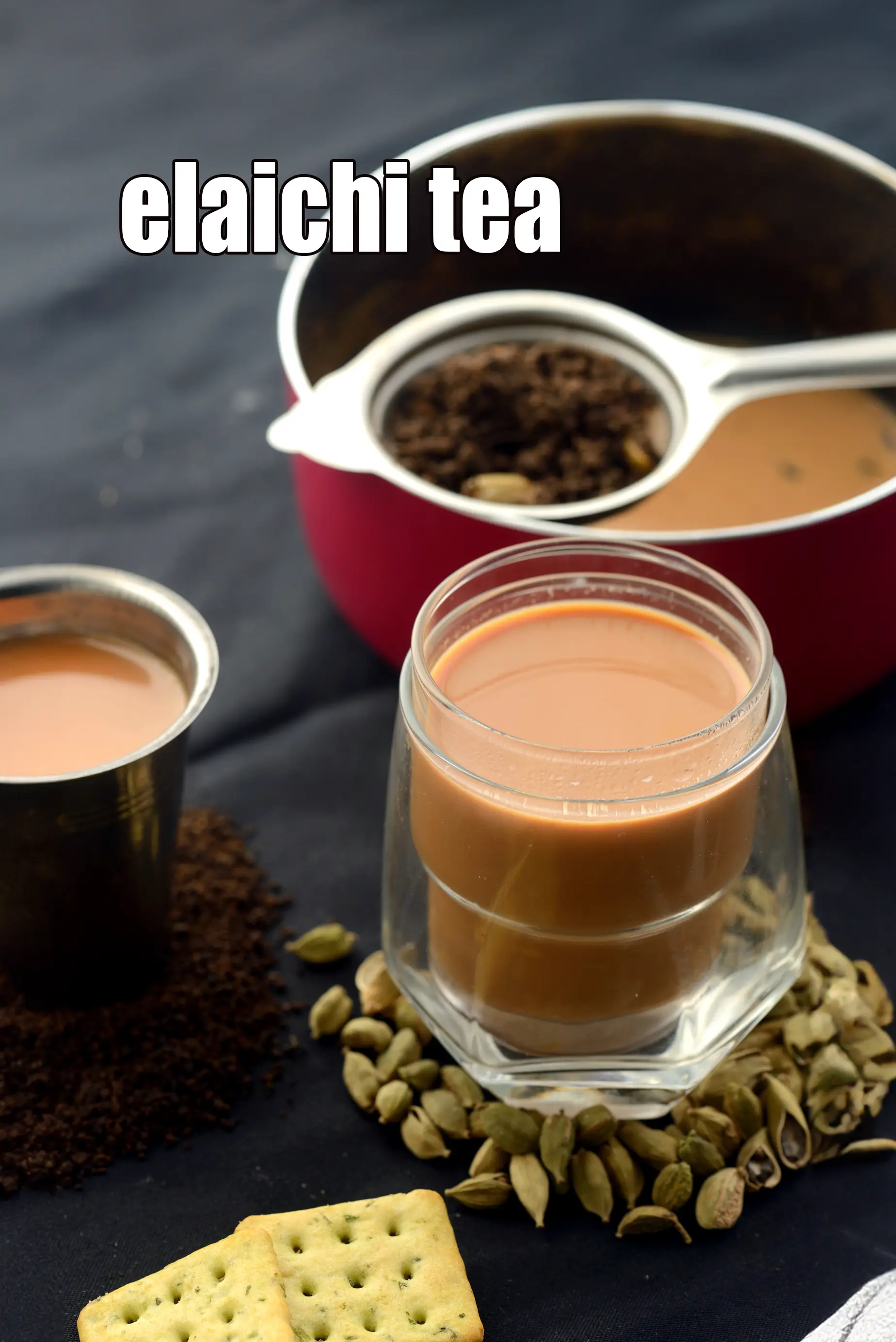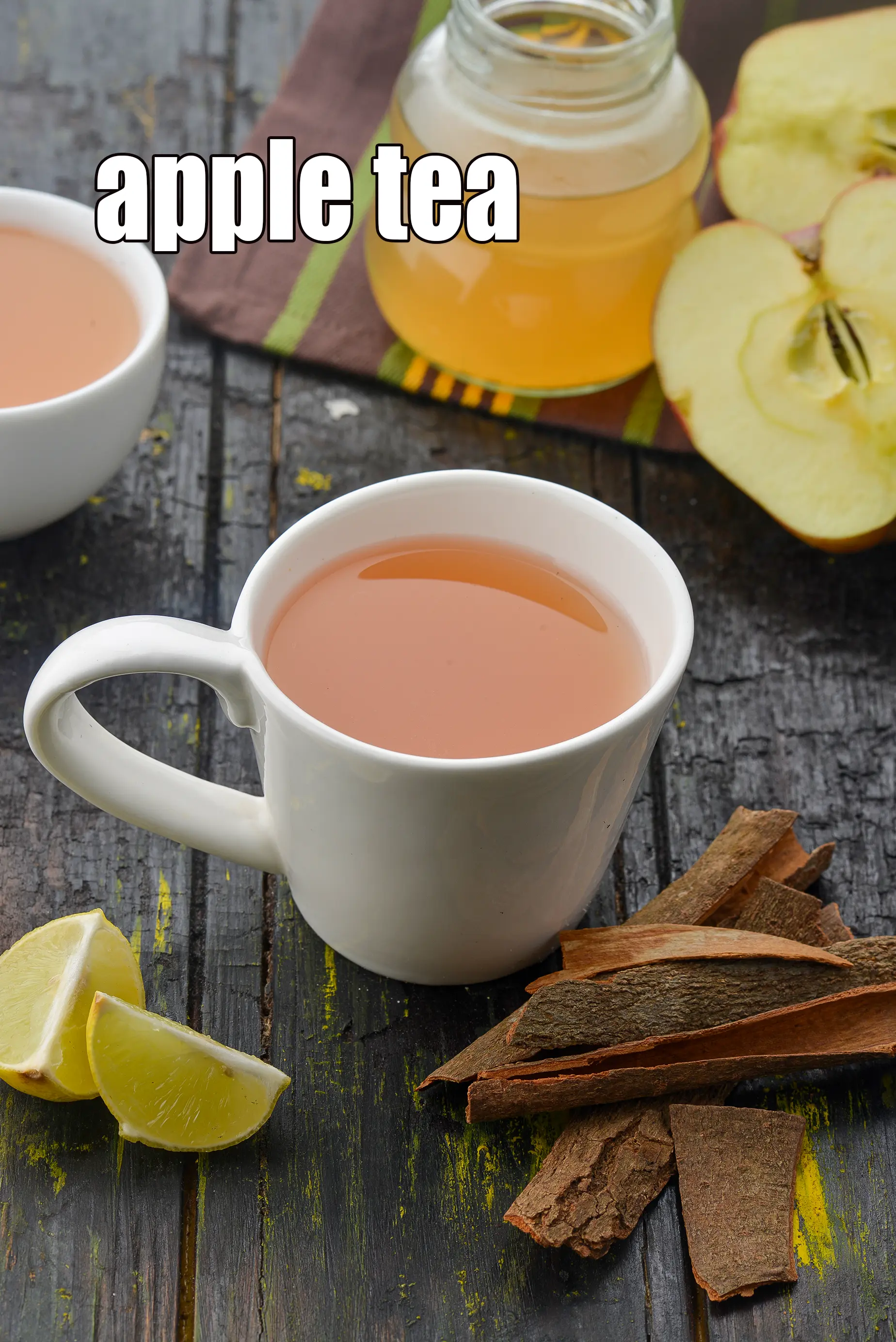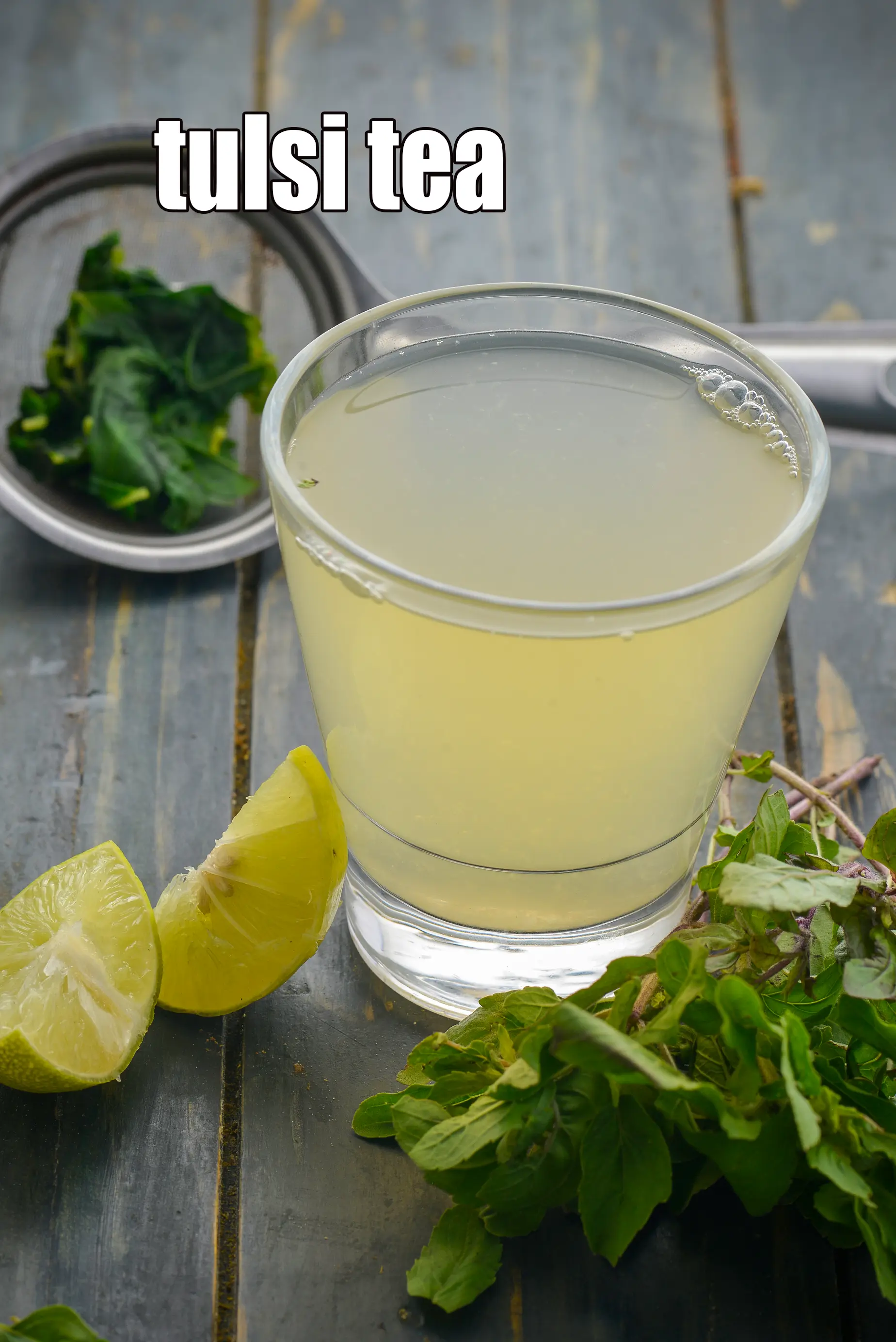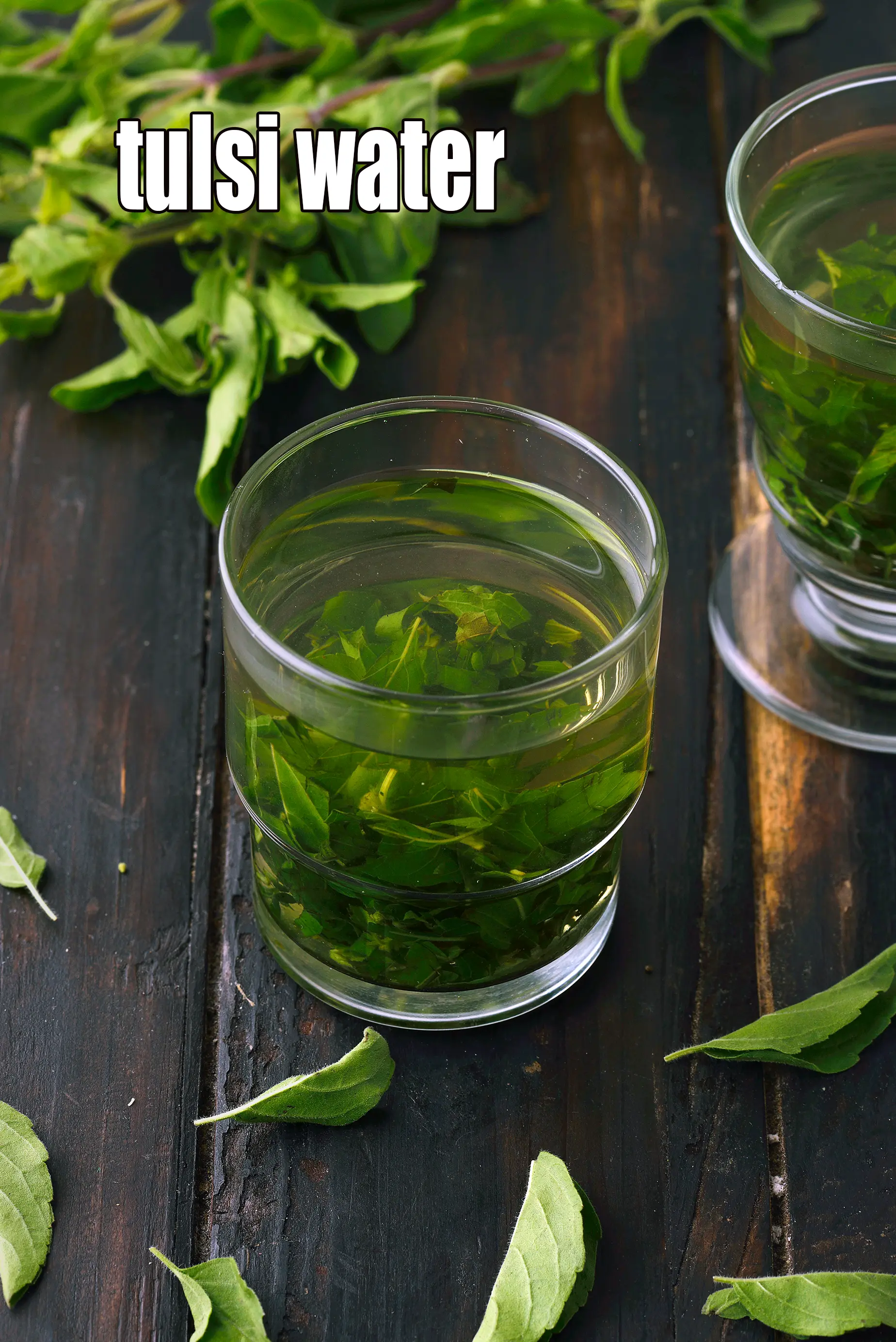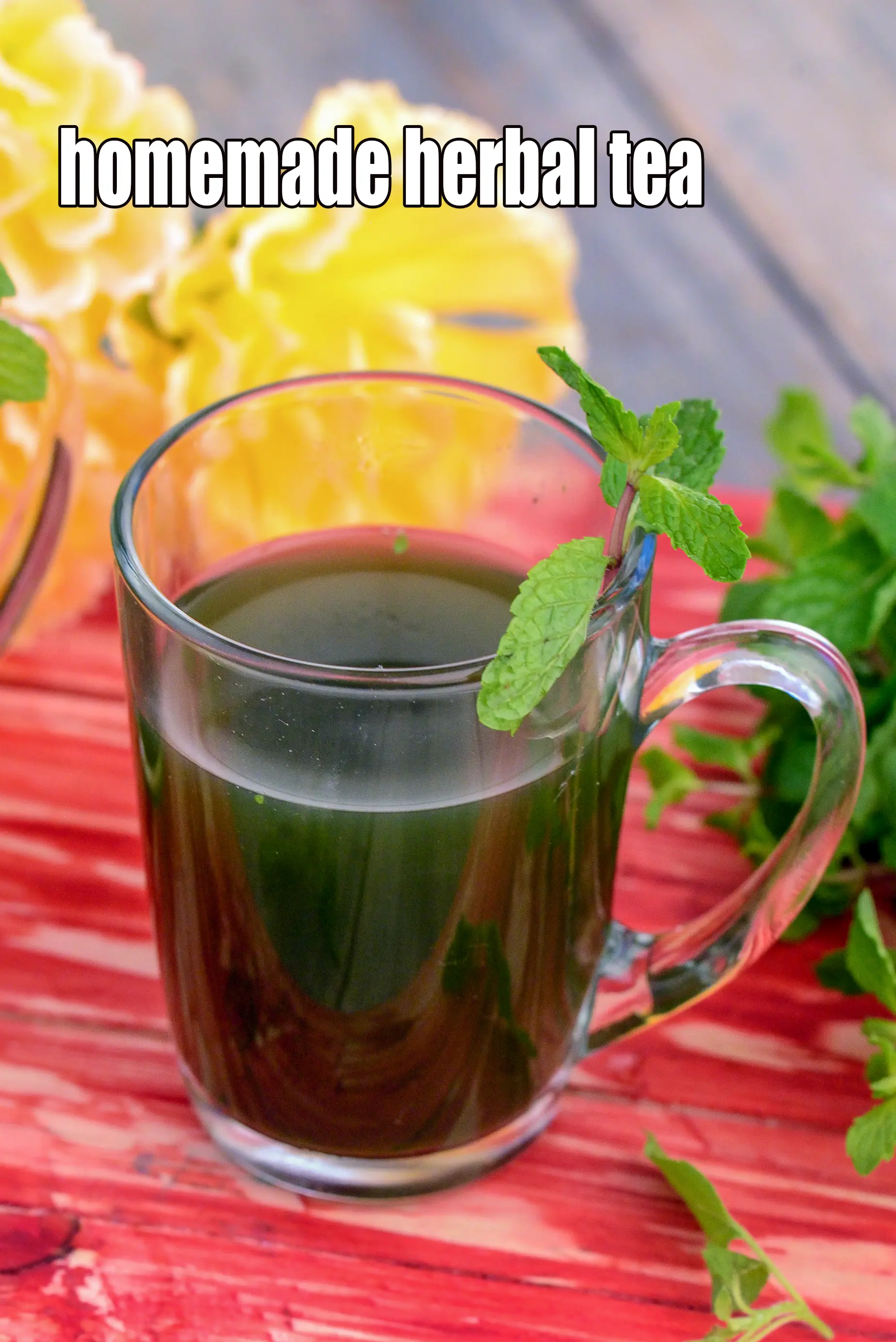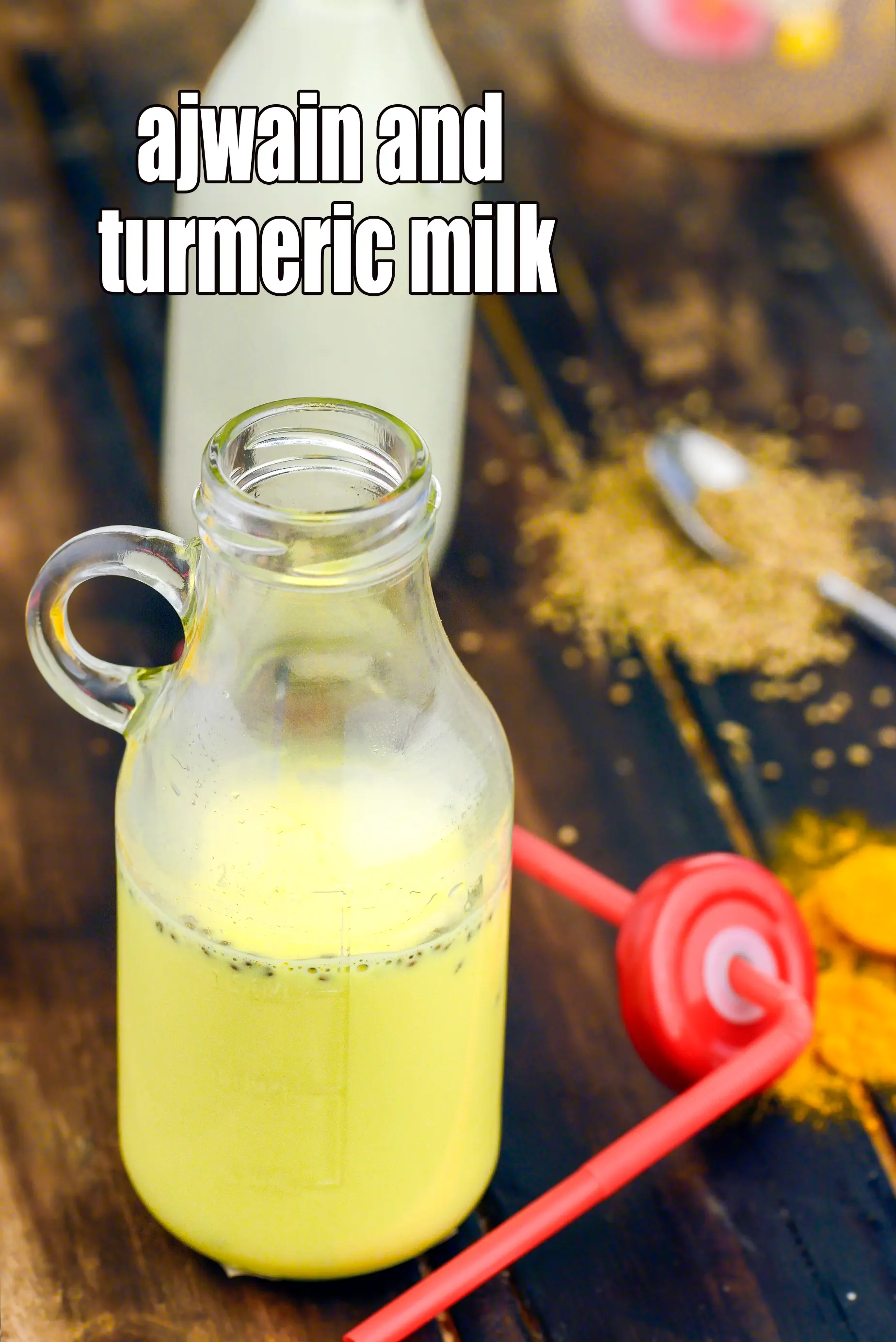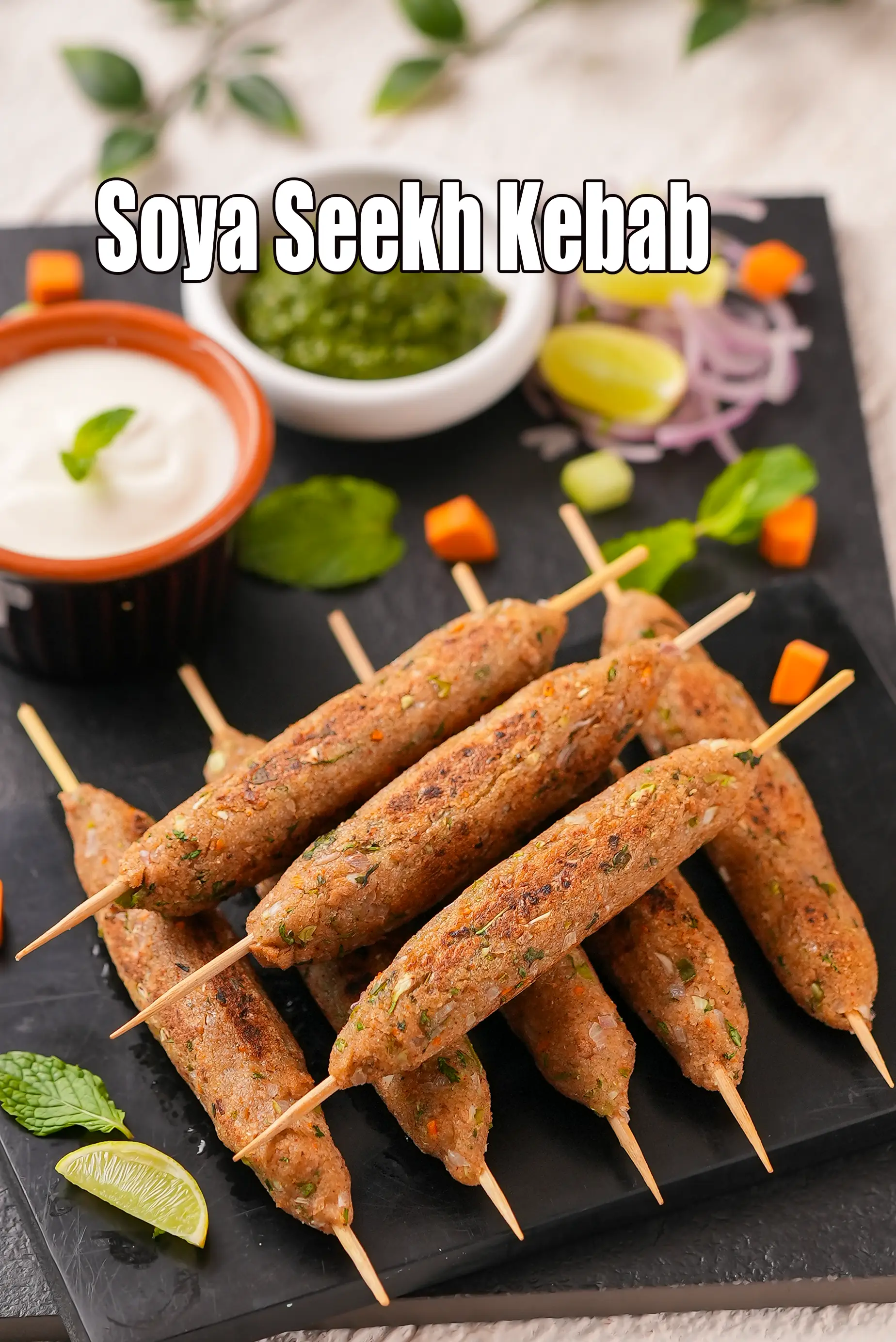Nutritional Facts of Kadala Curry, Kerala Curry for Appam, Puttu and Dosa, Calories in Kadala Curry, Kerala Curry for Appam, Puttu and Dosa
This calorie page has been viewed 53618 times
Table of Content
How many calories does one serving of Kadala Curry, Kerala Curry for Appam have?
One serving of Kadala Curry (150 grams) gives 226 calories. Out of which carbohydrates comprise 101 calories, proteins account for 28 calories and remaining calories come from fat which is 97 calories. One serving of Kadala Curry provides about 11 percent of the total daily calorie requirement of a standard adult diet of 2,000 calories.
Kadala Curry recipe serves 6, 150 grams per serving.
See recipe kadala curry recipe | Kerala special puttu kadala curry | kadala kari | easy kadala curry for puttu appam and dosa | healthy black chick peas curry |
Kadala curry is a beloved staple in Kerala and a testament to the region's rich culinary heritage. Learn how to make kadala curry recipe | Kerala special puttu kadala curry | kadala kari | easy kadala curry for puttu appam and dosa | healthy black chick peas curry |
Kadala curry is a flavorful and comforting dish originating from Kerala, India. It features black chickpeas (kadala) simmered in a rich coconut-based gravy, infused with aromatic spices like coriander, fennel and curry leaves. The curry often has a coconut base, which adds a creamy texture and enhances the overall richness of the dish.
This sumptuous easy kadala curry for puttu appam and dosa features cooked kala chana pepped up with a coconut-based masala that has a strong flavour of coriander seeds and fennel. A traditional tempering splattered over the curry adds to its rich flavour and aroma. The curry is simmered until the flavors meld together, resulting in a deeply satisfying and aromatic dish.
This kadala curry is also a good source of many other nutrients like folic acid, B vitamins, iron, magnesium, phosphorus, potassium and zinc. Kadala curry is typically served hot with steamed rice, Malabar paratha, appam or idli, making it a satisfying and wholesome meal.
Enjoy this Kerala special puttu kadala curry with freshly-made Appam , Puttu , Dosa or hot rice. Although it tastes best when hot, it remains flavourful even when it cools down, so you can pack it in a tiffin box or even carry over any remainders for dinner.
Appam, Appam Kerala Recipe
Is Kadala Curry healthy?
Yes, this is healthy. But restrictions apply to some.
Let's understand the Ingredients.
What's good.
Kala chana : Kala chana is a healthy addition to your diet. Being high in protein and fiber, Kala Chana a good option for those aspiring weight loss. Like most pulses and legumes, kala chana also abounds in fiber, thus helping to keep you full for hours. When cooked with other healthy ingredients, kala chana is suitable for heart disease as well. Diabetics too enjoy them in restricted quantities. Brimming with calcium, they support bone health and being a good source of iron, they help build red blood cells (RBC) and hemoglobin levels.
Coriander (kothmir, dhania) : Coriander is a fresh herb often used as a flavour enhancer in Indian cooking. It is mainly used as a garnish. This is the best way to use it - no cooking. This preserves its vitamin C content which helps to build our immunity and bring that sparkle to the skin. The antioxidants vitamin A, vitamin C and the quercetin present in coriander works towards strengthening our immune system. Coriander is a fairly good source of iron and folate – the 2 nutrient which help in the production and maintenance of red blood cells in our blood. Good for reducing cholesterol and good for diabetics. Read 9 benefits of coriander to understand details.
Benefits of Fennel Seeds, Saunf : Aids in Digestion: The fiber content of fennel seeds is enough to prove its digestive benefits. 1 tbsp of saunf provides 2.3 g of fiber. Relieves Constipation: The fiber in saunf adds bulk and helps in easy bowel movements too. The high fiber from saunf helps to reduce the bad cholesterol (LDL) in the body thus preventing the formation of plaque and in turn, heart attack. See detailed benefits of fennel seeds, saunf.
Coconut : The fresh coconut has saturated fats but most of it is MCT (Medium Chain Triglycerides) which promote weight loss. The high fibre content 13.6 gm (45.3% of RDA) along with high lauric acid content of coconut improves cholesterol levels in the body. Improving the action of insulin secretion and lowering the raised blood sugar levels is yet another benefit of coconut for Diabetics. See here for 10 amazing benefits of coconut.
Onions (pyaz, kanda) : Raw onions are a very valuable source of vitamin C – the immune building vitamin. Along with other phytonutrients from onions, it helps to build WBC (white blood cells) which serves as a line of defence against illness. Yes, it’s a source of many antioxidants, the most important one amongst them being Quercetin. The quercetin in Onions promotes production of HDL (good cholesterol) and lowers total cholesterol in the body. The sulphur in onions act as a blood thinner and prevents blood clotting too. This in turn would lower blood pressure and good for heart, diabetics. Read the benefits of onions.
Tomatoes : Tomatoes are extremely rich source of Lycopene. Tomatoes are a powerful antioxidant, super rich in Vitamin C, good for heart. Tomatoes are a Pregnant women's friend and are rich in Folate or Folic Acid which helps your body to produce and maintain new cells, especially red blood cells. Read about 13 amazing benefits of tomatoes.
Turmeric Powder (Haldi) : Turmeric helps in digestion of food thus helping to overcome indigestion. Haldi may help in reducing the growth of fat cells in the body. Turmeric, being rich in iron, is highly valuable in the treatment of anaemia and both the root as well as the powder should be a regular part of an anaemic diet. One of the health benefits of turmeric is it’s anti-inflammatory property due to the active compound, Curcumin, which helps to relieve inflammation of the joints and thus is a ladder to relieve pain related to arthritis. The curcumin in haldi also helps to ward of the bacteria’s causing cold, cough and throat irritation. Turmeric benefits in diabetes management by lowering blood glucose levels. Its antioxidant and anti-inflammatory effects are useful in the treatment of diabetes patients. It is known to be a good brain food and keep diseases like Alzheimer’s at bay. See here for detailed turmeric benefits.
Dry red chillies : The substance capsaicin which the red chillies their characteristic spiciness may help reduce inflammation in the body. The cayenne in red chillies has shown to have heart protecting benefits in a few studies. On the other hand, the vitamin C in it, can also boost immunity to some extent. They also contain some amounts of beta carotene, very few carbs and a small amount of protein and fibre.
What's the problem?
Vegetable Oils : To some vegetable oil is only soyabean oil, while some promote it as a mix of oils like soyabean, canola, sunflower, corn and other omega-6 rich oils. These are often cheaper options than many oils, but they are highly processed oils. They are undoubtedly not to be reached out for, whether you are looking for salad dressings, sautéing or cooking. The 5 best oils used in cooking are olive oil (low temperature short time cooking), avocado oil, canola oil, coconut oil and peanut oil. You must read the super article to find the facts of which oil is the healthiest avoid vegetable oil.
Can diabetics, heart patients and overweight individuals have Kadala Curry?
Yes, this recipe is good for diabetics, heart and weight loss. Kala chana is a healthy addition to your diet. Being high in protein and fiber, Kala Chana a good option for those aspiring weight loss. Like most pulses and legumes, kala chana also abounds in fiber, thus helping to keep you full for hours. When cooked with other healthy ingredients, kala chana is suitable for heart disease as well. Diabetics should relish not more than ½ serving of this Kerala special curry.
Can healthy individuals have Kadala Curry?
Yes.
What is a healthy accompaniment to the Sabzi?
We suggest a bajra roti, jowar roti, radish nachni roti recipe , basic ragi roti recipe, and whole wheat roti to make a healthy combination.
Roti ( How To Make Soft Roti Or Phulka Or Chapati)
Kadala Curry is rich in below macronutrients, vitamins and minerals given in descending order (highest to lowest).
- Fiber : Dietary fiber reduces the risk of heart disease, prevents the spike in blood sugar levels and hence super for diabetics. Consume more fruits, vegetables (green peas , carrot, bitter gourd ), dals ( chana dal, urad dal , toovar dal) moong, oats, matki, whole grains . 49% of RDA.
- Vitamin C : Vitamin C is a great defence against coughs and colds. Have citrus fruits (oranges, grapefruit and sweet lime), lemons, vegetables ( capsicum , broccoli, cabbage). Not all of the vitamin C is lost when vegetables are cooked. Some studies have shown that up to 50% of the vitamin C can be retained, depending on the cooking method and the vegetable. Cook vegetables quickly. The longer vegetables are cooked, the more vitamin C they will lose. 48% of RDA.
- Folic Acid (Vitamin B9): Folic acid is an essential vitamin required throughout pregnancy. Folic acid rich Indian foods (kabuli chana, chana dal, yellow moong dal, urad dal, toor dal , sesame seeds ). 38% of RDA.
- Phosphorus : Phosphorus rich Indian foods works closely with calcium to build bones. Phosphorus rich Indian foods like dairy products ( milk, paneer, curds), nuts ( almonds, peanuts, walnuts) , seeds, jowar, bajra, moong, matki, oats, ragi, whole wheat flour etc. 25% of RDA.
- Magnesium : Magnesium is required for formation of bones and teeth. It helps in the metabolism of calcium and potassium. magnesium rich Indian foods like leafy vegetables ( spinach, broccoli, kale), pulses ( rajma, chawli, moong ), nuts (walnuts, almonds) , cereals ( jowar, bajra, whole wheat flour, dalia). 22% of RDA.
- Vitamin B1 (Thiamine) : Vitamin B1 protects nerves, helps in carbohydrate metabolism, prevents heart diseases and helps produce red blood cells. Indian Foods rich in B1 are Flax seeds (alsi), Sunflower seeds, sesame seeds, Garden cress seeds (halim), capsicum, whole wheat flour , chana dal, moong, walnuts, masoor dal, brown rice , jowar, bajra. 20% of RDA.
- Protein : Protein is required for managing the wear and tear of all cells of the body. Have protein rich Indian foods like curds, paneer, Greek yoghurt, tofu, almonds, sprouts, chana, rajma, chick peas, quinoa, buckwheat ). 13% of RDA.
How to burn 226 calories that come from One serving of Kadala Curry?
Walking (6 kmph) = 1 hour 8 mins
Running (11 kmph) = 23 mins
Cycling (30 kmph) = 30 mins
Swimming (2 kmph) = 39 mins
Note: These values are approximate and calorie burning differs in each individual.
| Energy | 226 cal |
| Protein | 7 g |
| Carbohydrates | 25.3 g |
| Fiber | 12.2 g |
| Fat | 10.8 g |
| Cholesterol | 0 mg |
| Vitamin A | 191.1 mcg |
| Vitamin B1 | 0.2 mg |
| Vitamin B2 | 0.1 mg |
| Vitamin B3 | 1.3 mg |
| Vitamin C | 19.3 mg |
| Folic Acid | 75.7 mcg |
| Calcium | 90.3 mg |
| Iron | 2.1 mg |
| Magnesium | 75.4 mg |
| Phosphorus | 150.9 mg |
| Sodium | 39.2 mg |
| Potassium | 405.6 mg |
| Zinc | 1.2 mg |
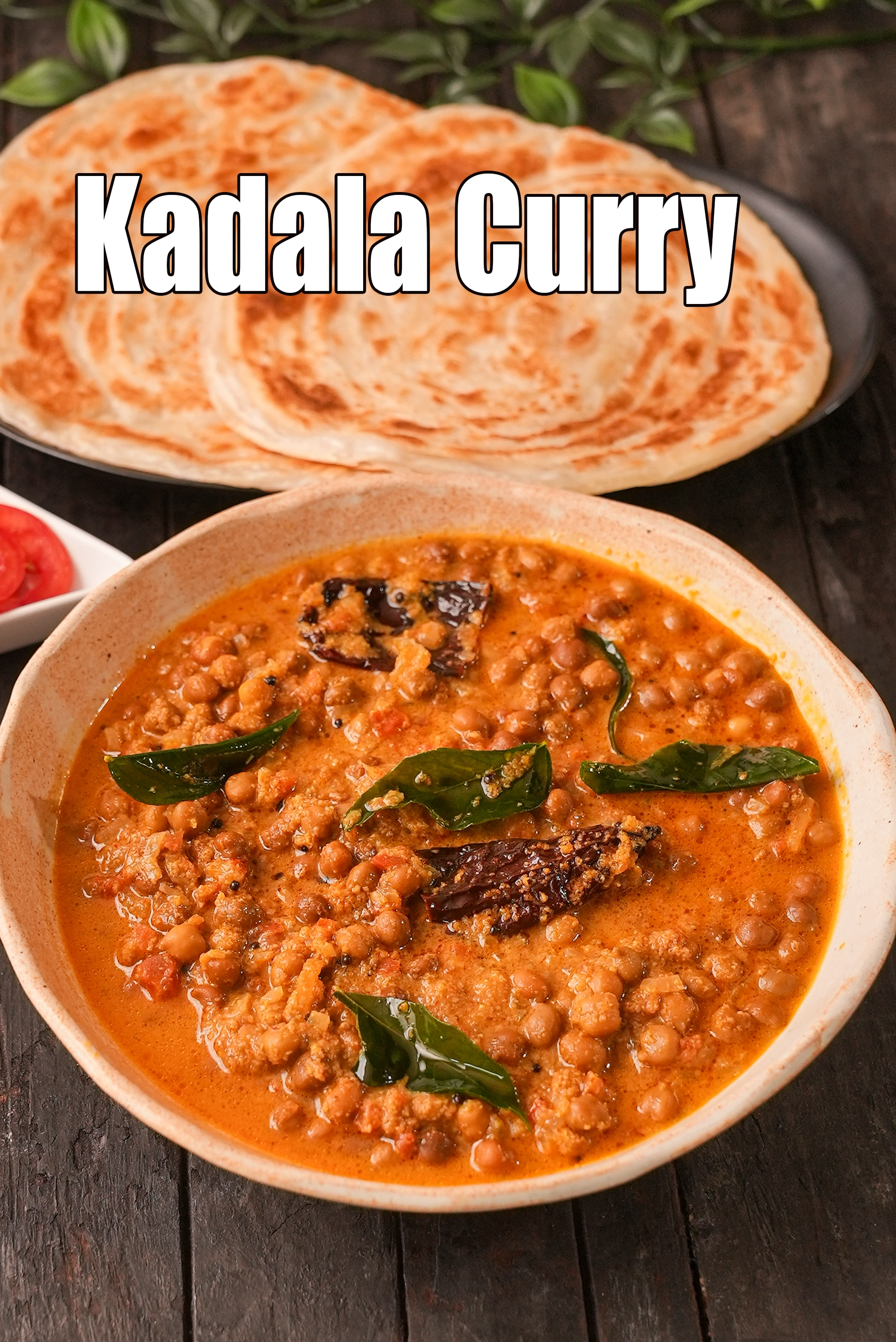
Click here to view Kadala Curry, Kerala Curry for Appam, Puttu and Dosa
Calories in other related recipes
